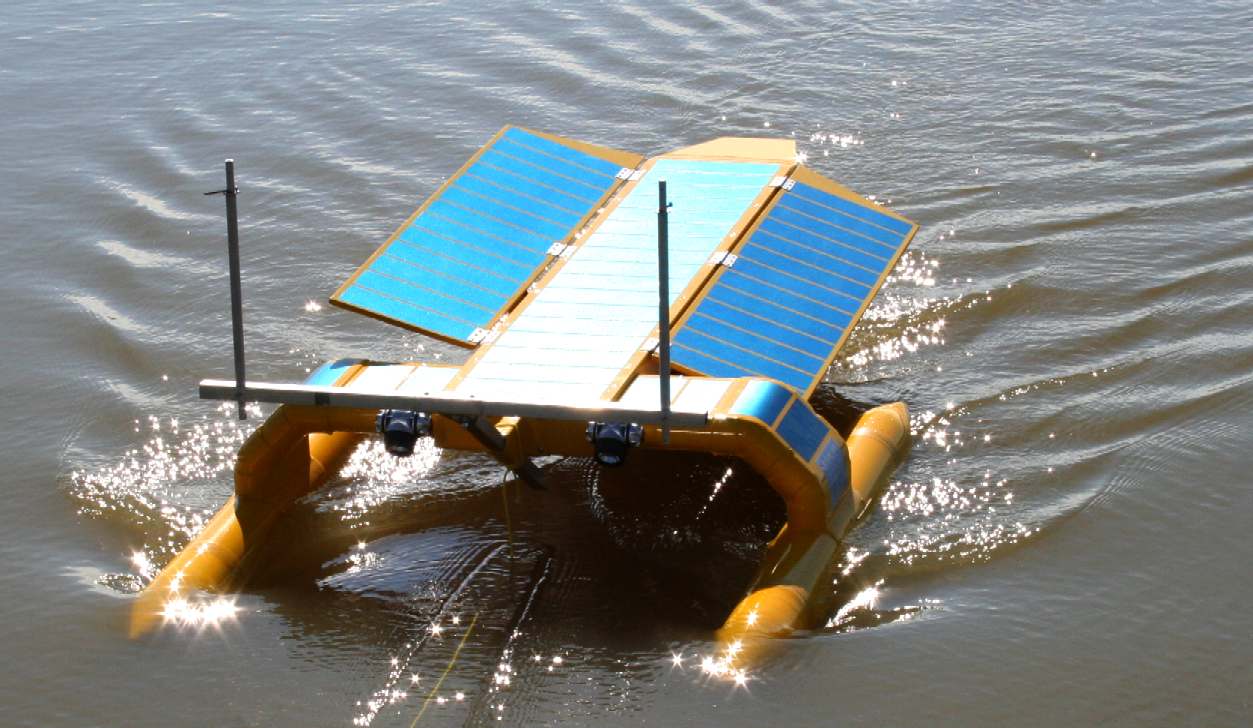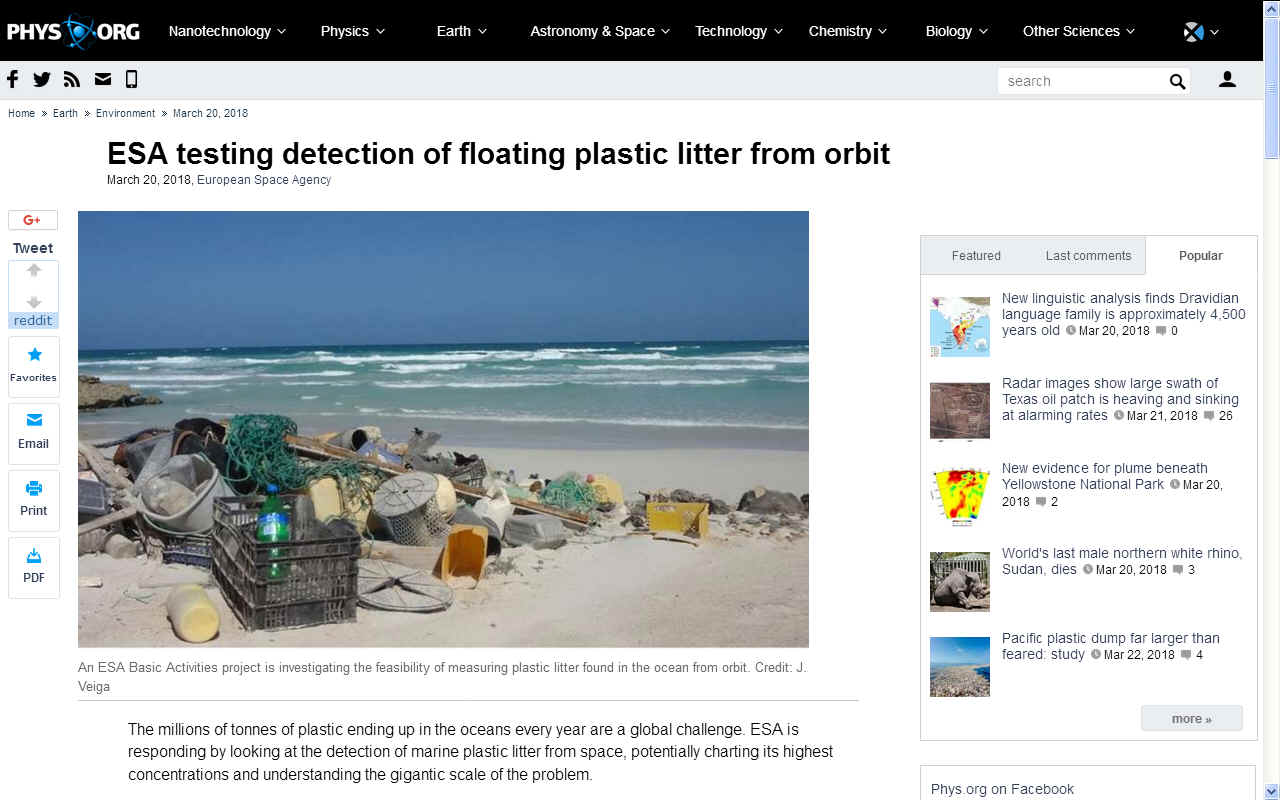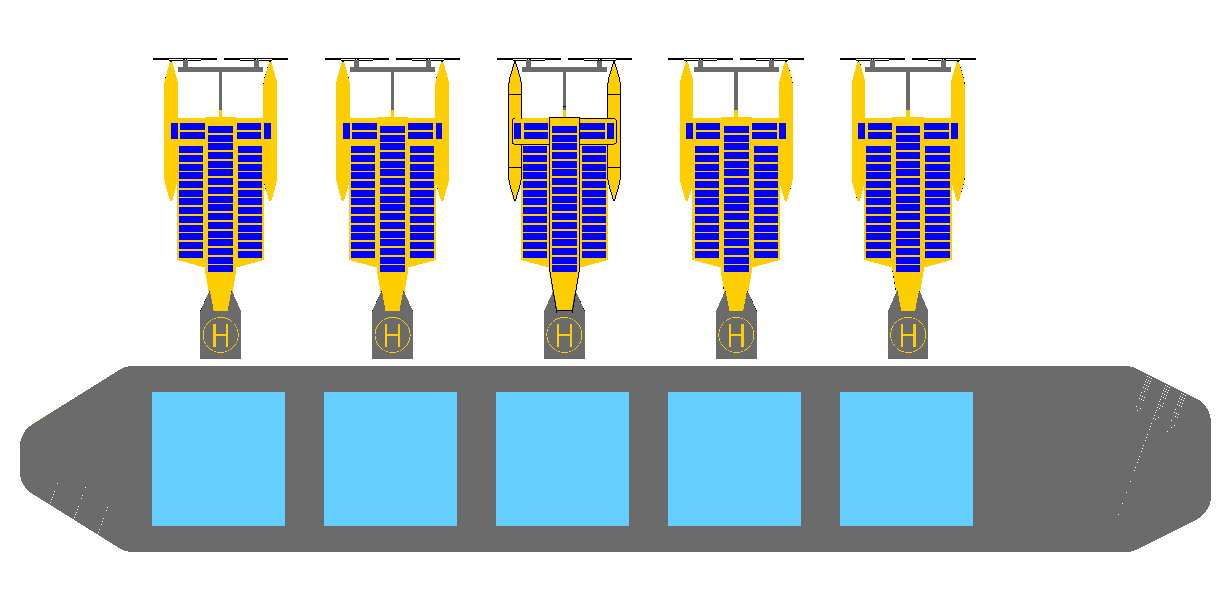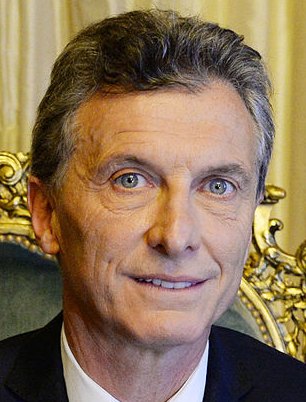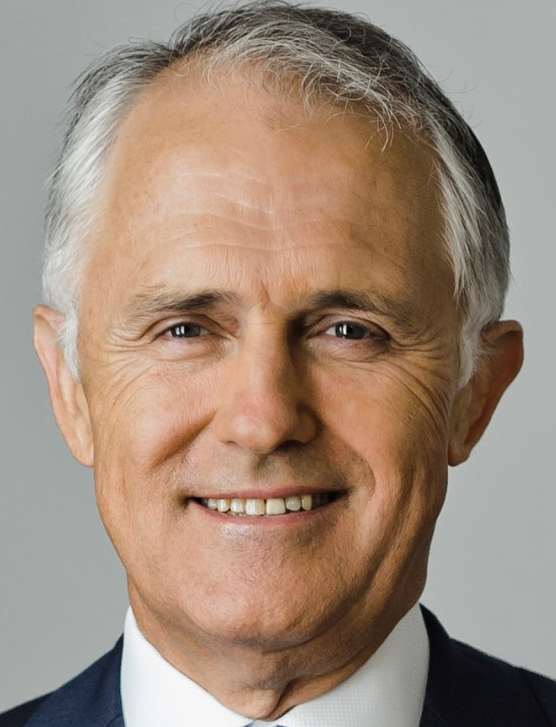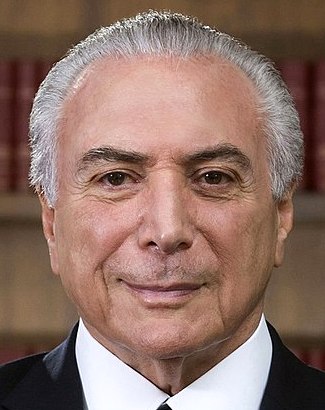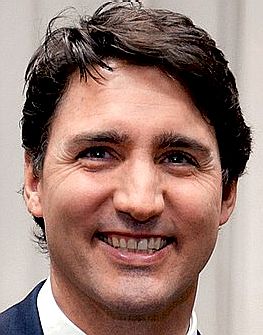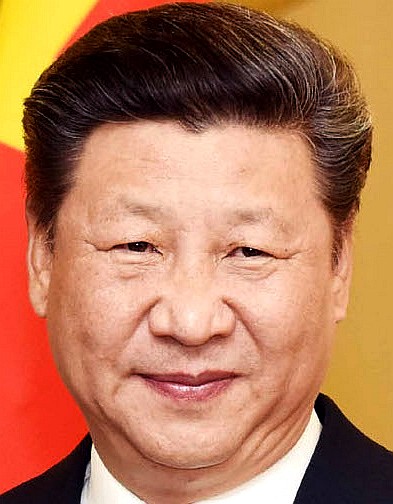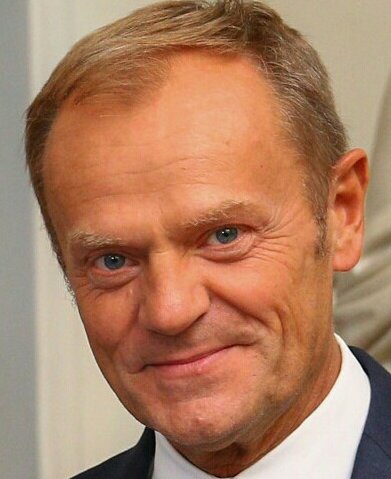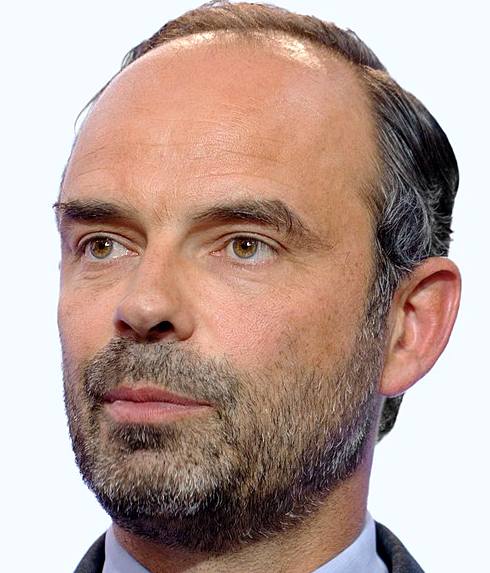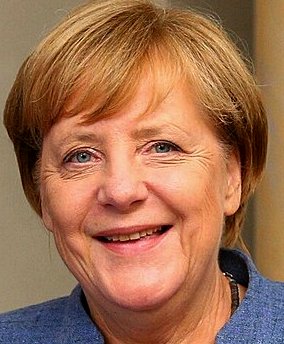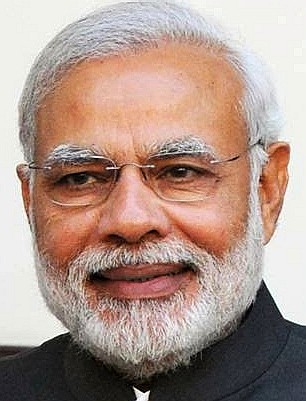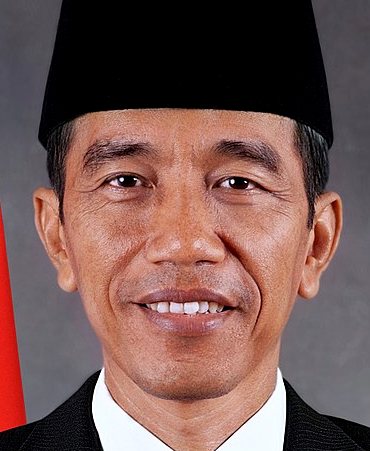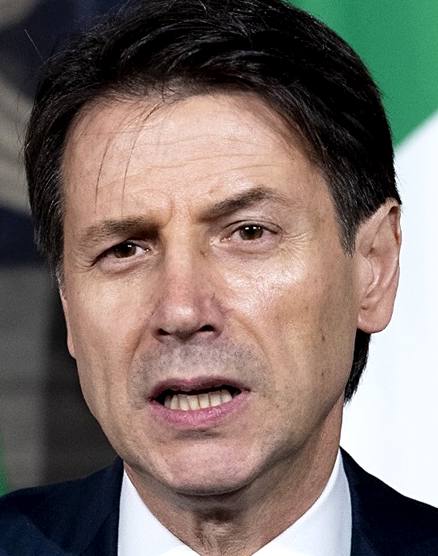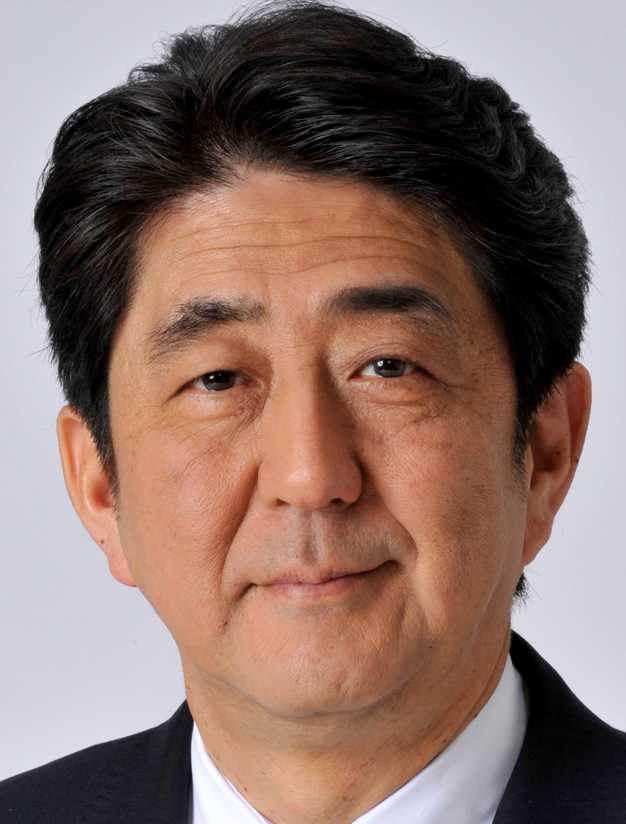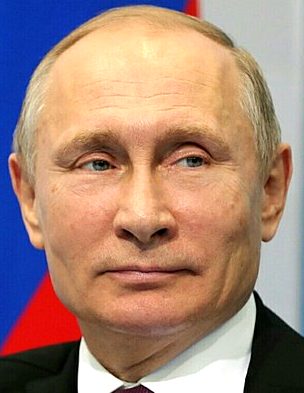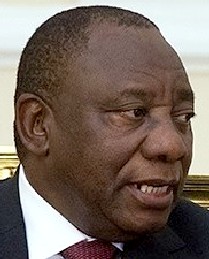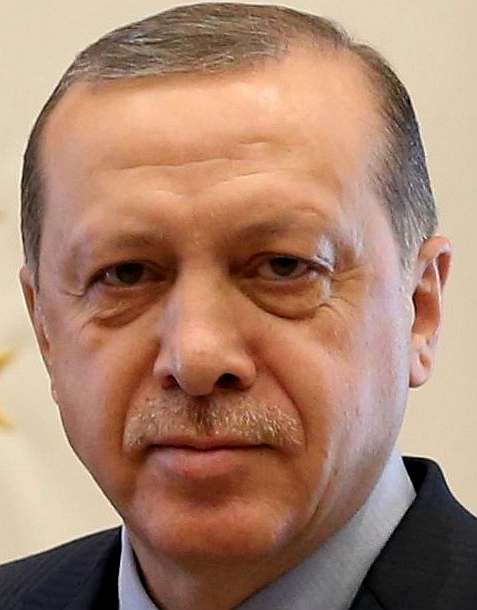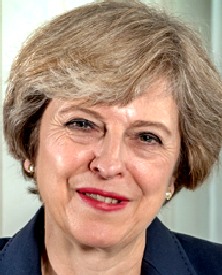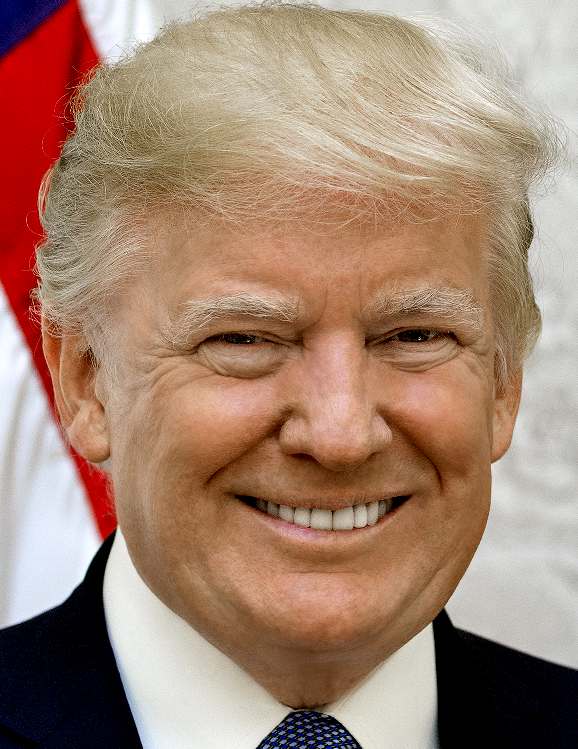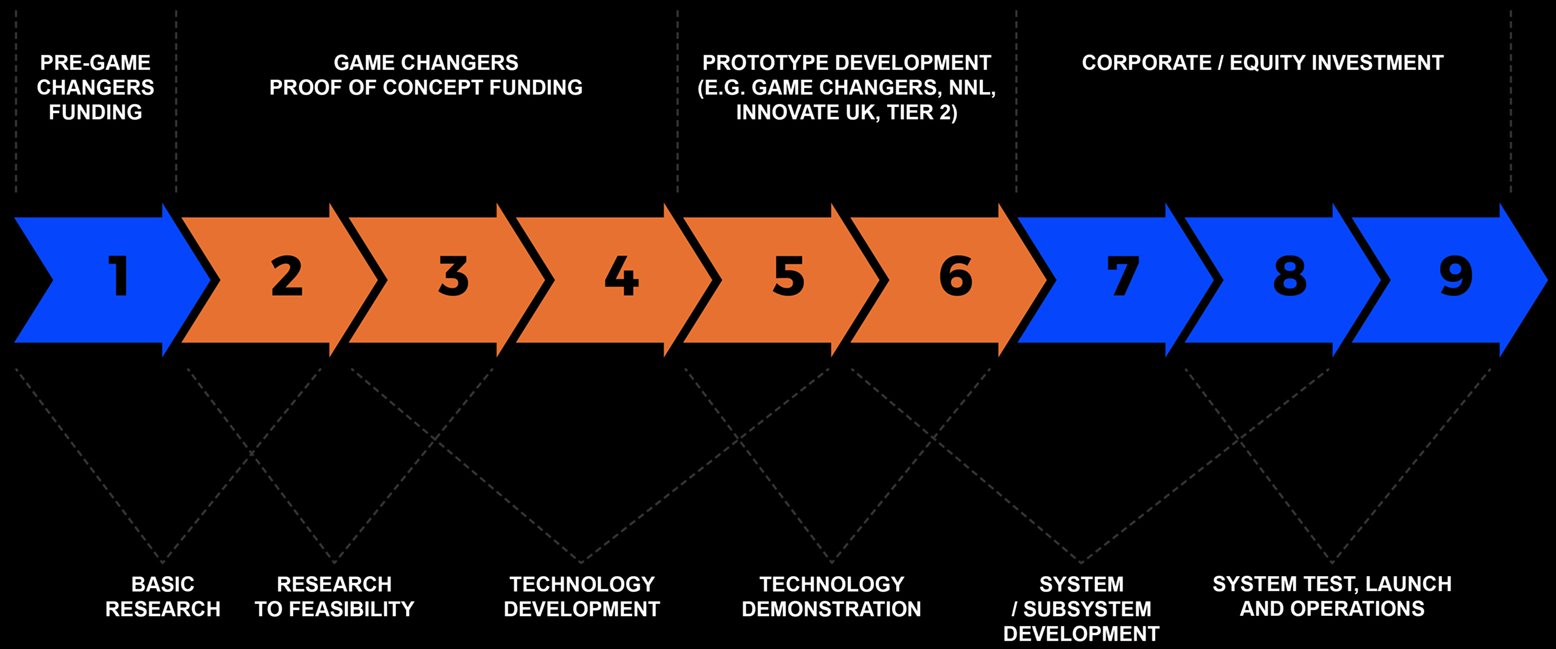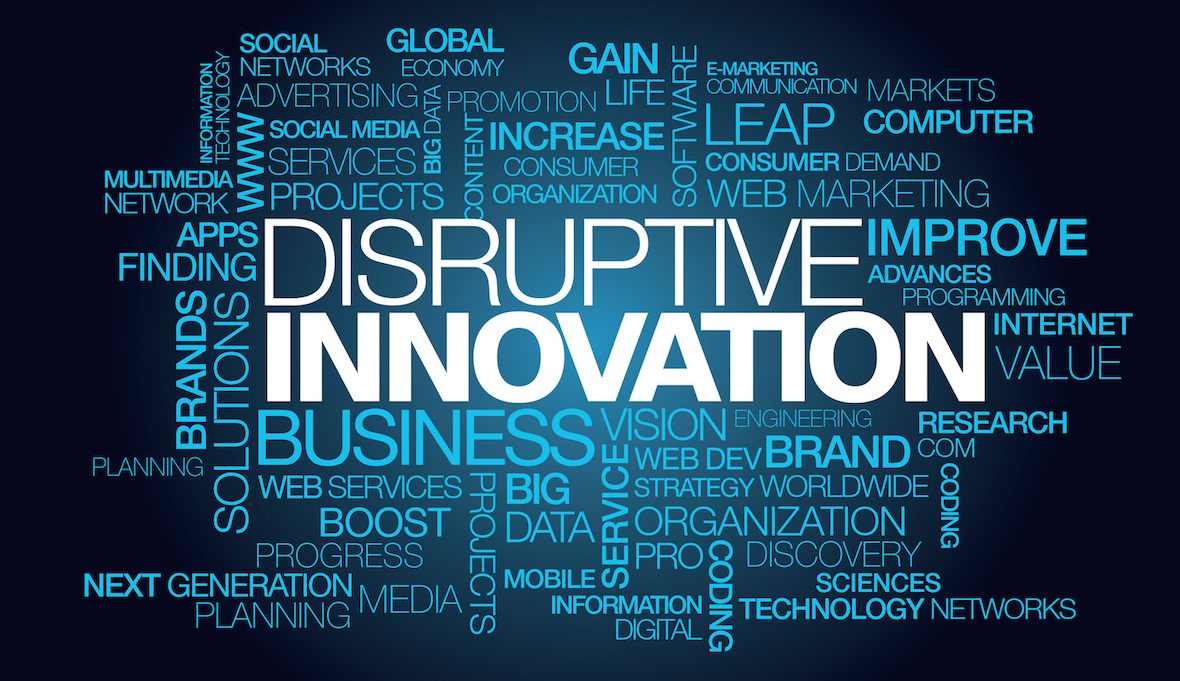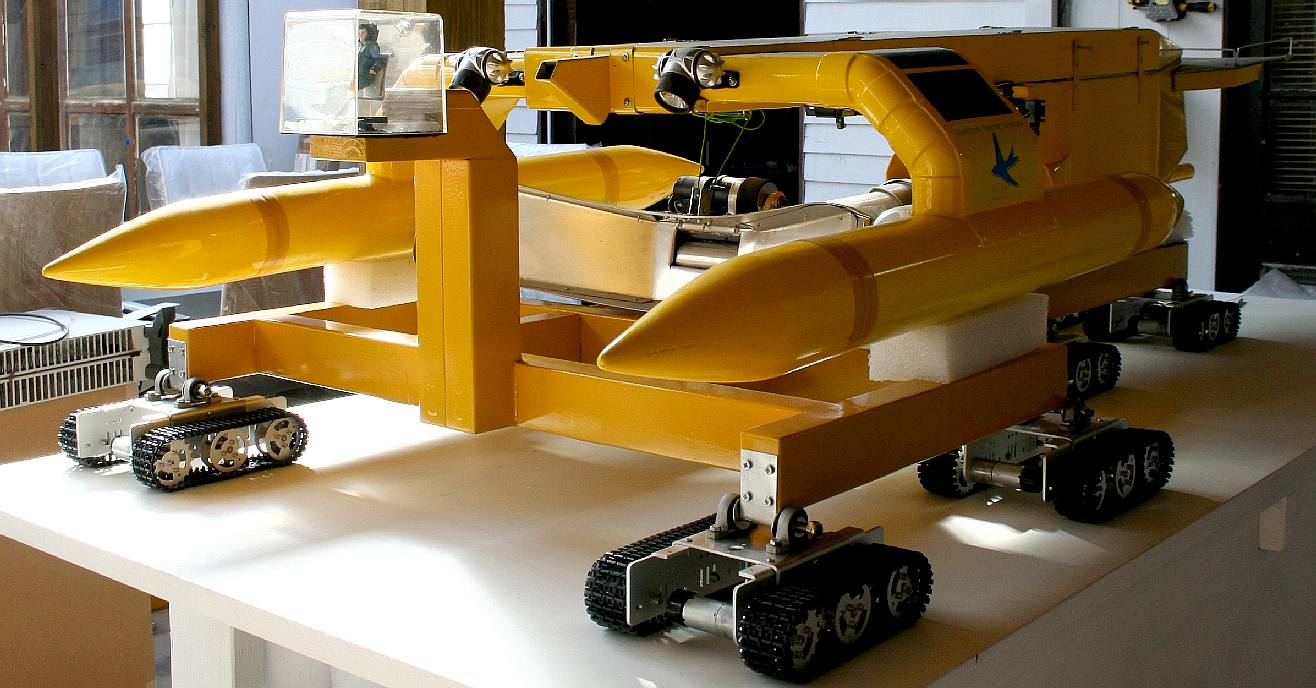|
S E A N E T ™
Please use our A-Z to navigate this site or return HOME
OCEAN CONDITIONER - This vessel is designed to operate in fleets to target ocean waste before it settles on the ocean floor where nobody can recover it. There is nothing like it in existence today, though other ideas for trapping plastic waste are being developed, such as that of Boyan Slat and the Seabin. SeaVax is made more cost effective in operational terms with AmphiMax versatility that slashes the cost of production and servicing by using a portable dock for assembly, launch and servicing.
In order to make SeaVax more effective we need a network of SeaVax machines that all communicate by data sharing, for effective fleet control. The SeaNet concept has come a long way since it was first published in 2015, where the onboard sensors read the ocean for plastic for relay to other SeaVax to build up a picture of where plastic concentrations would be the richest for harvesting. This requires a number of plastic cleaners in each ocean at strategic locations.
In not too long satellites will be able to improve the effectiveness of SeaVax machines, telling us where the plastic is entering the oceans from rivers, flow patterns and the location of the most polluted gyres.
We also use satellite navigation to plan missions that are subsequently modified by live incoming data, to include feedback data from reading the oceans for chemical, biological and plastic makeup to let the satellites know how accurately they are reading the oceans.
SEANET DATA SHARE & COORDINATION
SeaNet
is designed to be accessible to other compatible vessels in
the race to clean macro and micro plastics from the oceans.
The system is to be designed to accommodate other vessel
formats such as surface skimmers, and even collection systems
like booms. The idea being to share information between
operators so that when one area is being cleaned adequately,
assets may be re-deployed more effectively in other lesser
patrolled regions.
ESA DETECTION FLOATING PLASTIC - PHYSICS.ORG MARCH 20 2018 - The millions of tonnes of plastic ending up in the oceans every year are a global challenge. ESA is responding by looking at the detection of marine plastic litter from space, potentially charting its highest concentrations and understanding the gigantic scale of the problem.
We dump around 10 million tonnes of plastic in the oceans annually. Though most conspicuous along coastlines, plastic litter is also found out in the open ocean and from the equator to the pole – even frozen in polar ice.
Gradually broken down into micro-fragments by weathering and waves, it is not only endangering marine animals but it is also entering the global food chain, with unknown long-term consequences for animal life and our own health.
A MESSAGE FOR WORLD LEADERS
World leaders have enough on their plate dealing with running their own countries and other international efforts. In the main they do not have the time to spend on developing technology to sweep the seven seas of marine litter. Even with the might of the United Nations and World Bank working together to deal with societal challenges, our oceans are getting more saturated with plastic. We could soon become 'Plastic Planet', a Single Use Planet destined to extinguish (most) life on earth because of a throwaway society that lives life in the fast lane.
Fortunately, the G20 have agreed to put in place measures to reduce plastic packaging, what they have not yet considered is cleaning the oceans of plastic because they do not normally get involved in research and leave development to academics and businesses. But in this case there is insufficient rewards to persuade big-business to invest in any mass cleanup where the machines to make this a possibility would cost them too much to design.
Why not then leave ocean cleaning to a not for profit organization where not making vast profits is not a problem. We are suggesting a dedicated ocean alliance, a World Ocean Anti-Plastic Alliance that will work for the G20 to identify potential solutions and develop them into a plastic safety net with a solution like SeaVax, working with other potential solutions like Boyan Slat's giant ocean scoop, the Sea Cleaner's Manta and devices like Seabin.
A dedicated alliance might also target global corporations and introduce awareness campaigns that will hit the spot.
The world is facing food insecurity brought on by accumulated waste, the by-product of modern living. Waste takes many forms causing climate change and disease. This needs to be tackled in various ways of which SeaVax, or a craft much like SeaVax, could provide part of the solution to the plastic slurry we are making of our oceans. We are the only organization working on a system to remove micro plastics while safeguarding bio mass. Where other organizations are working to remove macro plastics, the SeaVax can do both operations simultaneously.
OCEAN TRANSFER - In this diagram we see a 180 x 28 meter Handysize bulk carrier (drawn to scale), and five SeaVax ships docking to unload their plastic haul. If one Handymax can handle around 50,000 tons of plastic waste, it would then take 66 SeaVax transfers (in multiples of five as shown) @ 750 tons each, to fill up one cargo ship. A Handymax would cruise between SeaVax fleets, emptying them in sequence, or as requested by the SeaVax vessels themselves - to make a virtual conveyor belt to land as part of a SeaNet system.
DOCKING PROCEDURE - The docking couplings and method of transfer are not shown or explained here in any detail for legal reasons. Having said that, we can show you the basic principles. The SeaVax and PlastiMax (a converted bulk carrier) on the left are shown together with the hold of the bulk carrier about one third full with the PlastiMax floating high in the water. As the cargo hold fills up with plastic the ship displaces more water and sinks deeper into the seawater. A special coupling and transfer technique is needed to make this work. The same system will work just as effectively when SeaVax is transferring its cargo in harbours, ports and rivers.
WORLD OCEAN ANTI PLASTIC ALLIANCE (WOAA)
Those with the ability to put the matter right, owe it to those who do not, to act positively to protect their neighbor's interests regardless of political differences. If that means assisting countries around the world to recognise the problems on their coasts, then that is one of the targets. For, if enough Governments join forces anything is possible, especially with potential solutions like SeaVax on the horizon - where in order to make such a system work we need global coordination and collaboration working independently on this one issue as brothers united in the war on plastic. The G20 are committed to reducing ocean pollution.
THE TOP 20 HEADS OF STATE A - Z
FINANCE
After all our work finding consortium members for H2020 and similar funding calls, it now (as of July 2018) looks at though the SeaVax project may not be funded under the present round of European calls where the Cleaner Ocean Foundation is a not-for-profit organization and funding calls require a percentage of match (equity/business) funding that a charity is unable to raise.
The problem here is that their is no customer for ocean cleaning with the waters constantly moving it is impossible to provide a cleaning service on a commercial basis. If nobody will pay for cleaning, there is no incentive for private investment to even think about developing a business that can never turn a profit, or at least not enough of a return to make investors happy.
Brexit is also a potential snagging point that has led our project team to look at alternative ways of raising the necessary financing, that is necessarily more than crowd funding could raise, given the size of the vessel if it is to work efficiently.
Hence we are developing awareness games and looking to build on those platforms to develop a 3D VR experience for tours with eventual returns from these sources to generate an income stream for research that is independent of Government schemes like Horizon 2020 and EMFF calls that really only favour businesses with an existing R&D budget and are not designed to support social projects at a level where anyone accepting the challenge might feel confident enough to want to proceed.
We may still work with existing EU collaborative partners where they may have their own funding support from trading, but we will remain independently funded.
10 YEAR PLAN: PROJECTIONS AS DEVELOPMENT MILESTONES Vs PROJECT COST IN $MILLIONS
TRL 1 - TRL 2 - TRL 3 - TRL 4 - TRL 5 - TRL 6 - TRL 7 - TRL 8 - TRL 9 - TRL 10
TRL SCALE - The TRL scale is a metric for describing the maturity of a technology. The acronym stands for Technology Readiness Level. The scale consists of 9 levels. Each level characterises the progress in the development of a technology, from the idea (level 1) to the full deployment of the product in the marketplace after level 9.
The importance given to innovation saw significant differences between countries and industries: Germany, Ireland and Italy, countries where there is a clear government drive for innovation together with a well-established start-up and entrepreneurial culture, have it high on the agenda, and unsurprisingly, innovation also features heavily on the boardroom agenda of life sciences and TMT industries, but less so in construction and energy and resources. Product innovation was the area receiving the most attention.
SPONSORS & FUNDING HISTORY
The speed of development of any concept depends on the amount of money that is available for such a project.
From 2015 to 2016 the project was sponsored by the directors of Bluebird Marine Systems Ltd to the tune of £130,000 pounds. From 2016 to 2017 the project progressed with generous crowd funding via Avaaz with significantly more than the original investment to drive the concept on.
In February 2017 the Cleaner Oceans Foundation applied for H2020 funding asking for around €1.5m euros over three years to produce a quarter scale working prototype - and in May of 2017 the COF took over management of the SeaVax project. In June 2017 the European Commission advised that the H2020 application was on a reserved list and that the availability of funds was limited.
At the time of writing (30-7-18) SeaVax has received no government backing or corporate sponsorship. The Cleaner Ocean Foundation needs to raise around $400k dollars for 2018 to raise the development momentum above the pace of 2017, and run an ocean awareness campaign. This sum will not pay for SeaVax to be built but it will lay the groundwork in terms of continued development, with the ocean literacy campaign likely to help the project to generate additional funding for 2019.
Support for Marine Litter projects was put onto the agendas of the KTN in October 2017, European Maritime Fisheries Fund from November of 2017 and United Nations in December 2017. Putting the potential obstacle of Brexit to one side, it is possible that Government (European) backing could come the rescue in 2018 or 2019 - but this is full of potential pitfalls and so not at all reliable when it comes to important research and development. A great shame, leaving us to look elsewhere for backing. The plastic project was shelved in 2020 with no takers.
OCEAN CLEANING RIG - The SeaVax ocean plastic cleaning vessel is seen here on an AmphiMax beach launcher in 1/20th scale for testing in our water basin. Copyright © photograph 25 June 2018 Cleaner Ocean Foundation. All rights reserved.
LINKS & REFERENCE
http://www
MARINE LIFE - This humpback whale is one example of a magnificent animal that is at the mercy of human activity. Humans are for the most part unaware of the harm their fast-lane lifestyles are causing. We aim to change that by doing all we can to promote ocean literacy.
This website is provided on a free basis as a public information service. Copyright © Cleaner Oceans Foundation Ltd (COFL) (Company No: 4674774) 2022. Solar Studios, BN271RF, United Kingdom. COFL is a charity without share capital. The names Amphimax™ RiverVax™ and SeaVax™ are trademarks.
|
